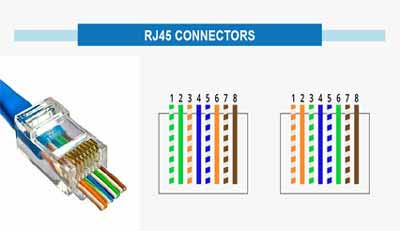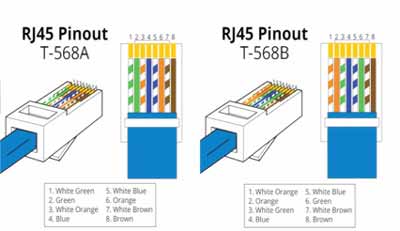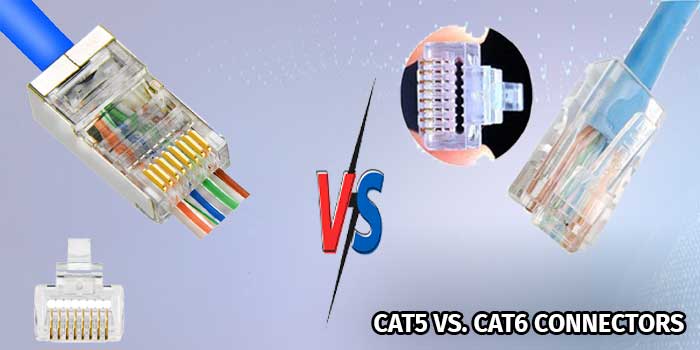Both CAT5 and CAT6 are ethernet cables that can connect any device to the computer network. They have some similarities and a few unique features that make them different from each other. Between CAT5 vs. CAT6 connectors, which one is better for safe and fast data transmission?
Here in this article, everything about these connectors is discussed in detail, along with the similarities, dissimilarities, features, and variety of uses.
CAT5 Connectors

Network cables are categorized into several types depending on their features and characteristics. CAT5 defines “category 5” which is a telecommunication-based wiring cable. A CAT5 connector consists of four twisted-pair cables usually made of copper wires.
CAT5 connectors were used widely some years back. But nowadays, developed and more popular versions of CAT5 is available. One of them is CAT5e (CAT5 enhanced) which is excellent for gigabit ethernet connections.
CAT6 Connectors

These cables are newer than the CAT5 cables with more functionalities and advanced specifications. On each end of a CAT6 connector, there is an RJ-45 plug that connects the devices to the computer network.
It also consists of four pairs of twisted cables like the CAT5 connectors. But in this case, copper wires are a must to use.
CAT6 connectors are great for delivering data at a higher speed with less interruption and distortion for industrial and office uses. Besides, the thick layer of non-conductive plastic over the cable ensures less crosstalk than other transmission cables out there.
Also read: Tips To Select Right Water Cooling Radiator.
Differences Between the CAT5 and CAT6 Connectors
For transmitting data between electronic devices and computer networks, CAT5 and CAT6 are both reliable transmission cables. The difference between them will help decide which one to choose according to your requirement. Let us go through the differences stated below.
1. Speed of Transmission

The regular CAT5 cable can support 10 to 100 Mbps minimum bandwidth. Developed versions like the CAT5e can transmit data at a speed of 100 to 1000 Mbps with a minimum frequency of 350 MHz.
On the other hand, CAT6 has a frequency of 250 MHz and can transmit data at a speed of 1 to 10 Gbps. CAT6 connectors work better than the CAT5 cables for gigabit networking in high-speed computer networking sectors.
2. Distortions and Crosstalk

The interfacing of several cables can create interruptions while transmitting data. This occurrence, known as crosstalk, is a major issue for CAT5 connectors.
As CAT6 connectors have a thicker outer layer with a nylon spine, these cables can satisfactorily eliminate crosstalk.
3. Applications

If you are looking for ethernet cables for your home and small to medium offices, CAT5 connectors can do a great job being a budget-friendly cable requiring minimum maintenance.
But for higher data transmission in large companies, CAT6 might be a better choice considering its enhanced performance and fewer interruptions.
Read more: Compare Between AIO and Custom Loop
Final Words
There is no specific one between CAT5 vs. CAT6 connectors that can be called better than the other. Because which one to use depends on the requirements of your particular tasks and jobs. We hope this article helped you decide the most suitable one for you.

